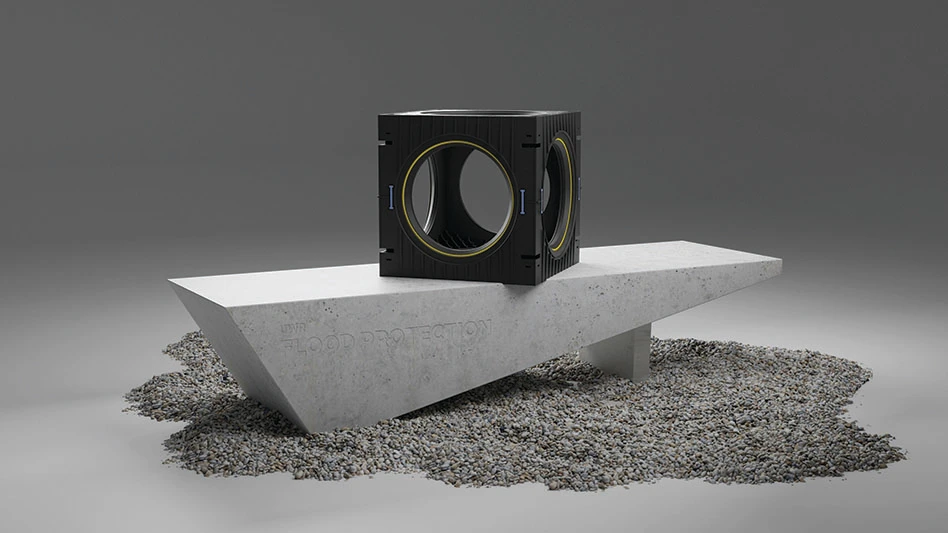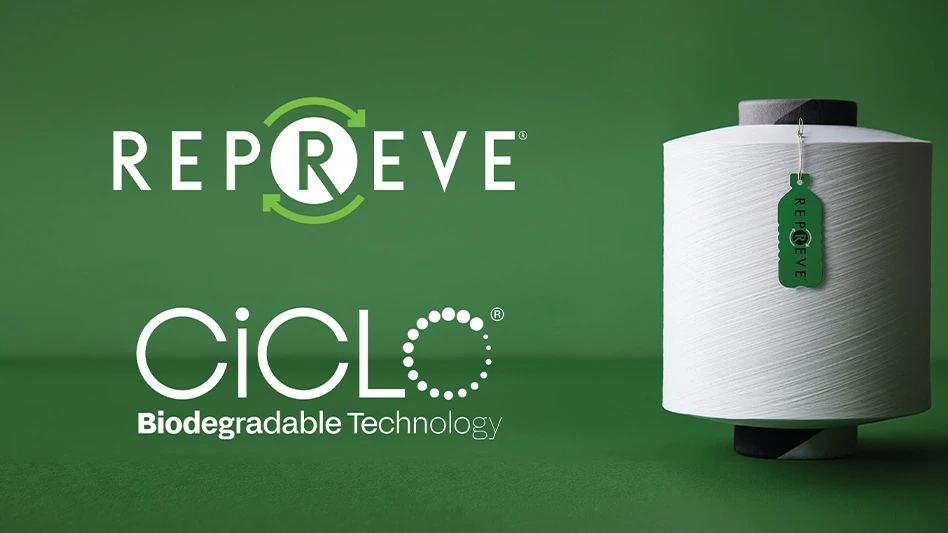 © Jurand; © Brigida Soriano | Dreamstime.com |
By nearly any system of measurement, a span of 50 years is only a sliver of time compared with humankind’s recorded history or, certainly, the geological history of the planet.
It is a testament to the vibrancy of the recycling industry that in the past 50 years a phenomenal amount of change, growth and progress still has taken place within this comparative sliver of time.
When Secondary Raw Materials magazine (the publication that would later become Recycling Today) was founded in 1963, its staff members were reporting on recycling activities that already had a long and storied past and had established themselves as important industrial processes in the United States and around the world.
By the mid-20th century secondary commodities were being traded globally, prices were tracked and recorded and processing techniques were being improved continually. The level of organization and the amount of investment into recycling techniques were in the midst of a renaissance, but this flourish of activity was indeed a rebirth; people around the world had already been recycling for centuries.
In the area of metallurgy, in particular, smiths and refiners had long been aware that the remelting or reshaping of obsolete tools, weapons or coins was a labor-saving way to create what was needed.
In the Bible’s Old Testament book of Isaiah, believed to have been written about 720 B.C., a reference to such techniques can be found in Chapter 2, Verse 4: “They will beat their swords into plowshares and their spears into pruning hooks.”
Bronze, an alloyed metal (copper and tin), was widely used for tools, armor and weapons before the widespread adoption of iron around 1100 B.C. In part because of its alloyed nature, smiths and artisans were eager to recycle existing bronze objects, especially if they lived in an area far removed from a source of either tin or copper ore.
As iron-making became more widespread, ironsmiths appreciated the relative ease of remelting obsolete items to supplement the extraction of iron from ore. Gold, likewise, has seldom if ever been considered disposable. Even if belief systems changed and golden idols were rendered obsolete, the gold itself was not likely to be considered worthless and would quickly be recycled and back in circulation.
 |
History students often read or hear narratives that treat history as a continuous series of conquests and pillaging, and unfortunately the prevalence of such activities is difficult to dispute.
A less dramatic aspect of this pattern (and thus seldom portrayed in movies and on TV) was the role of conquest as a source of recyclable materials.
Statues of conquered leaders, idols of a prior set of gods and the rubble and remnants of a fleeing or slain population yielded “spoils” for the victors. Some of these may have been saved as trophies or reused, but a healthy portion also was likely to be melted and reforged or recast.
The Roman Empire was particularly adept at this, according to historian Pliny the Elder. In the first century A.D., he wrote specifically about bronze statues brought back from conquered lands being recycled at foundries in the Adriatic Sea port city of Brindisi.
The Scandinavian Vikings, who engaged in exploration and conquest after the Romans, likewise seemed to know the value of recycling metals. According to National Geographic magazine, a site uncovered in 2009 in an archeological dig near York, England, turned out to be an 11th century Viking metals recycling and smelting center, “where Vikings took weapons for reprocessing after battle.”
Found at the site, the magazine says, were “hundreds of pieces of ironwork—including axes, sword parts and arrowheads—along with lumps of melted-down iron and the remains of smelting pits.”
Metals recycling is not alone in having ancient origins. As the Roman Empire collapsed around its margins, the people of ancient Britain wrote an early chapter in the history of the recycling of construction and demolition (C&D) materials.
Large portions of Hadrian’s Wall, built to keep hostile Picts living in what is now Scotland away from the Roman-governed southern half of Britain, were dismantled and used to build houses and buildings by the people living in that region.
This practice is by no means unique to this 70-mile stretch in northern England. Throughout history, new cities have often been built on the sites of the ruins of conquered cities. Considerable quarrying efforts could be saved because of the ready access to preshaped stones.
Paper recyclers as well are taking part in a time-tested practice. Although deinking of obsolete paper is now a mechanical process where tons of paper are deinked in one large batch, the earliest paper recycling methods fall more into the reuse category.
The difficulty of making papyrus and early parchment papers caused scribes in earlier centuries to use fine tools, citric acid or pumice to erase obsolete or unwanted manuscripts so the parchment could be reused. Several examples of these reused manuscripts, known as palimpsests, are housed in the British Museum, the Vatican Library and other archive sites in Europe.
As with metals and stones, the fiscal and labor-saving good sense of recycling or reusing something of value has by no means been a modern innovation. Rather, it is the scale of activity and degree of innovation that continues to provide forward momentum to an industry whose origins trace back to some of the earliest historical records and findings.
 |
WANT MORE?
Enter your email to receive our newsletters.

Explore the July 2013 Anniversary Issue
Check out more from this issue and find your next story to read.
Latest from Recycling Today
- Reconomy Close the Gap campaign highlights need for circularity
- Nickel carbonate added to Aqua Metals’ portfolio
- EuRIC, FEAD say End-Of-Life Vehicle Regulation presents opportunity for recyclers
- Recyclers likely to feel effects of US-China trade war
- BCMRC 2025 session preview: Navigating battery recycling legislation and regulations
- Yanmar Compact Equipment North America appoints new president
- LYB publishes 2024 sustainability report
- Plum Creek Environmental acquires Custom Installation LLC






